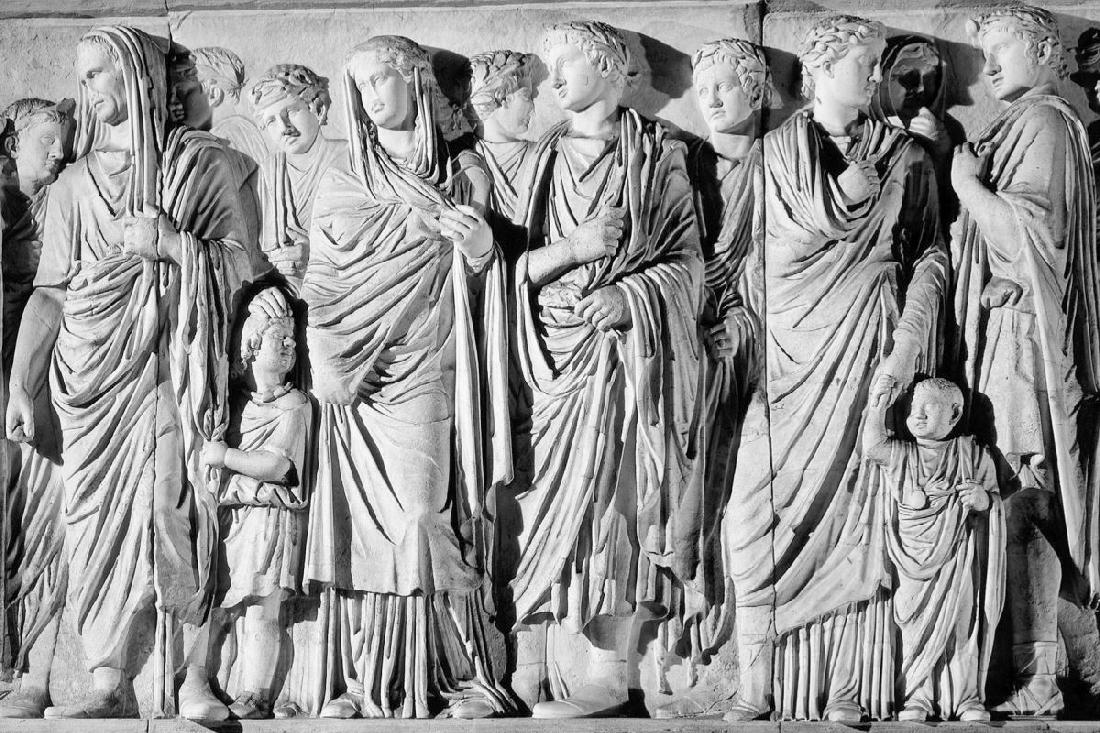
Figure 1.--The Altar of Peace (Ara Pacis Augustae) is the most beautiful surviving piece of Roman sculpture. It was dedicated in 13 BC to honor the domestic peace achied by Augustius after more than a century of civil wars. |

|
The Altar of Agustine Peace (Ara Pacis Augustae) is the most best and beautiful surviving piece of Roman sculpture. It was dedicated in 13 BC. Rome had been racked by bloody and costly civil war for more than a century. Even when not actually fighting wars, several Roman leaders conducted brytal killing operations to do away with political opponnts. Caesar had been gennerous in this regard, but in the end this got him killed. And Julius Caesar's assasination resulted in a particularly bloody, and extended civil war. This finally ended with Octavian's victory over Anthony and Cleopatria at Actium (31 BC). Otavian's decisive victory ushered in a period of peace, much to the relief of the Roman people. After two decades of peace, the Senate voted to crerate a monument to recogize what would be subsequentky called the Pax Romana, although this referred to the longer subsequent era of domestic peace within the Empire (BC 13). Many wars, however, would be fought with Rome's foreign enenies and victims. The monument was completed within 4 years using Italian Luna marble and dedicated (January 30, 9 BC).
The Altar was decicated as part of the celebration of Augustus' return from his campaigns in Spain and Gaul. It originally stood on the Campus Martius--public land along the Tiber dedicated to Mars--the Roman god of War. Today, the Pantheon is the major building on what was once the Campus Martius. The Campus would be scene of many public ceremoinies associated with various wars--an unusual location for an Altar dedicated to peace. It is a masterpiece of Roman sculpture and, in particular, of portraiture. Importnt senators, officials and the Imperial family are depicted on the wall reliefs as part of a pricession. It could be the occssion of the procession which consecrated the altar site (July 4, 13 BC).
The monument had not survived intact. Pieces were in various museums and unfound fragments still burried. The hundreds of altar fragments were collected together -- a giant jigsaw puzzle. The Altar was carefully reassembled (20th century). Now largely complete, the altar now stands in a purpose built Museo dell'Ara Pacis, an elegant glass and stone structure next to the Augustus' Mausoleum in Rome..
Navigate the Historic Boys' Clothing Web Site:
[About Us]
[Introduction]
[Activities]
[Biographies]
[Chronology]
[Clothing styles]
[Countries]
[Girls]
[Theatricals]
[Topics]
[Bibliographies]
[Contributions]
[FAQs]
[Glossaries]
[Images]
[Index]
[Links]
[Registration]
[Tools]
[Boys' Historical Clothing Home]
Navigate the Historic Boys' Clothing Web chronological pages:
[Return to the Main Roman 1st century BC page]
[Return to the Main Roman chronology page]
[Return to the Main chronology page]
[Return to the Main medieval era]
[The 6th century BC]
[The 5th century BC]
[The 4th century BC]
[The 3rd century BC]
[The 2nd century BC]
[The 1st century BC]
[The 2nd century AD]
[The 3rd century AD]
[The 4th century AD]
[The 5th century AD]
[The 6th century AD]
